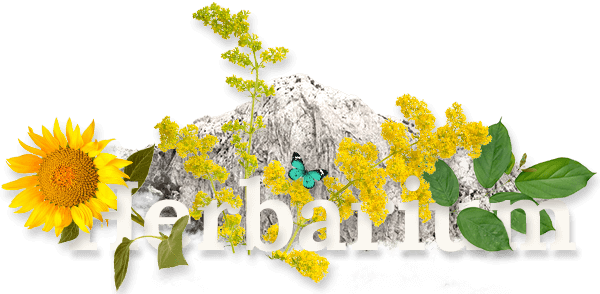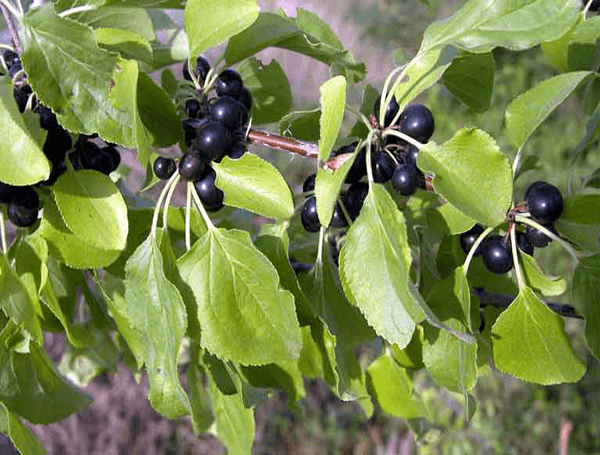Izradu internetske stranice sufinancirala je Europska unija u okviru operativnog programa Konkurentnost i kohezija iz Europskog fonda za regionalni razvoj.
saznajte više

BUCKTHORN
lat. Rhamnus frangula
Other names: Alder Dogwood, Black Dogwood, Arraclán, Arrow Wood, Black Alder Tree, Aulne Noir, Black Dogwood
Scroll
Description of the plant:
The alder buckthorn can be considered a deciduous shrub or even a small tree, the plant often reaches 20 feet in height when fully mature. The alder buckthorn is characterized by the presence of glossy oval shaped green leaves, each of which can be one to three inches in length, the leaves are borne on the stem in alternate rows and are not ridged. The young alder buckthorn possesses a green bark, which will eventually and gradually turn gray as the plant ages and as the plant grows the bark is also marked with whitish transverse ridges all along its surface and this is very prominent in the oldest plants. The alder buckthorn also bears little greenish white colored flowers, these are typically in bloom during May thorough July. The flowers are borne in small clusters at the joints of leaves and in some cases on the terminal tips of the branches. The alder buckthorn produces pea sized, minute green berries, which slowly turn red and then black when they fully ripen during the month of September-at this time these berries are ready to be plucked for use in various herbal medications.
Habitat:
Buckthorn is naturally present in many places in the valleys, light forests, thickets, on the edges of forests and on the shores of streams and rivers.
The medicinal part of the plant:
To create a herbal drug we use the bark which peels off in the spring when the juices start dripping from the plant. The bark is dried in the sun or in the shade. The ultimate efficiency of the bark is reached after a recovery time of at least one year.
Pharmaceutical action:
Alder buckthorn is high in anthraquinone glycosides. Resins, tannins, and lipids make up the bulk of the bark’s other ingredients. Anthraquinone glycosides have a cathartic action, inducing the large intestine to increase its muscular contraction (peristalsis) and increasing water movement from the cells of the colon into the feces, resulting in strong, soft bowel movements. Alder buckthorn is used as a gentle purgative in cases of chronic constipation and is principally given in the form of the fluid extract, in small doses, repeated three or four times daily.The remedy made from the alder buckthorn is especially much more beneficial for the treatment of individuals in whom weakened muscles in the colon is a problem and also when there a poor bile flow is contributing to the problem. At the same time, remedies made from the alder buckthorn are not to be used in the treatment of cases of constipation that arise due to the presence of excessive tension in the walls of the colon.
Cautions:
Please be aware that herbs, although natural can interact with certain medications, and that they may be ill advised to use under certain health conditions. Please consult a qualified health practitioner for cautions pertinent to you.
No therapeutic claim is made or intended for AZENA products. Information is for educational purposes only.




